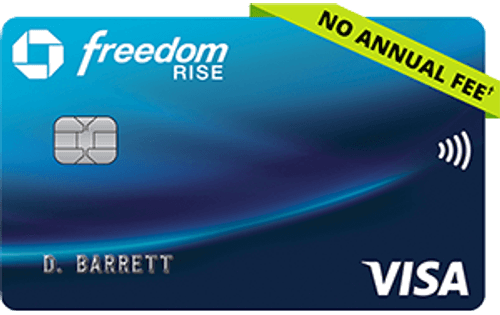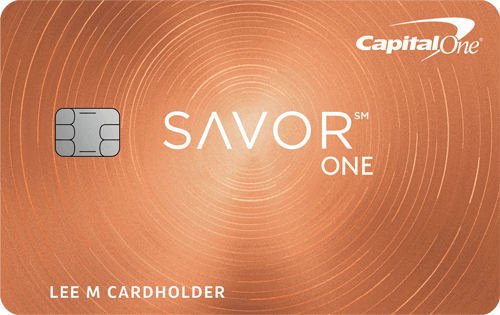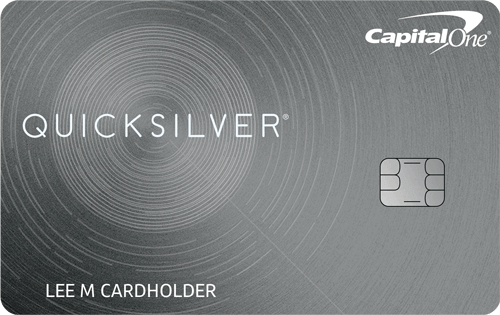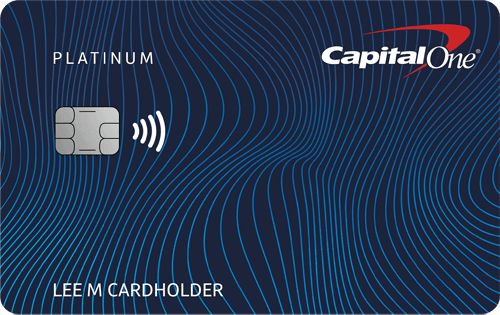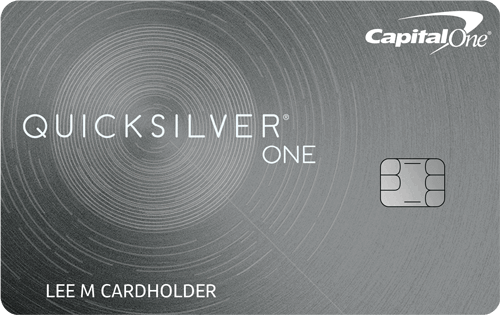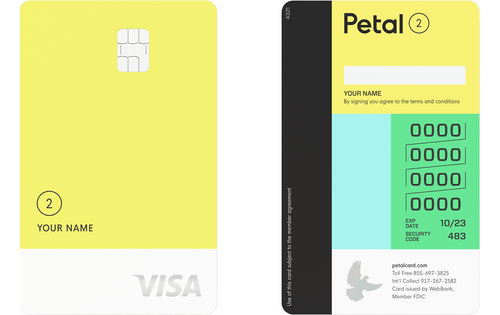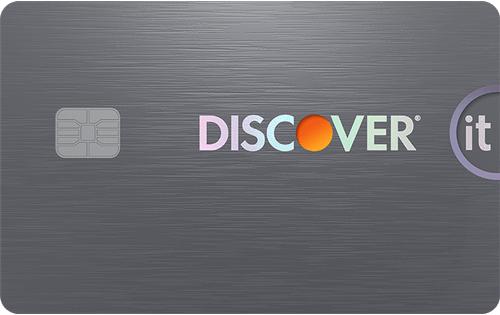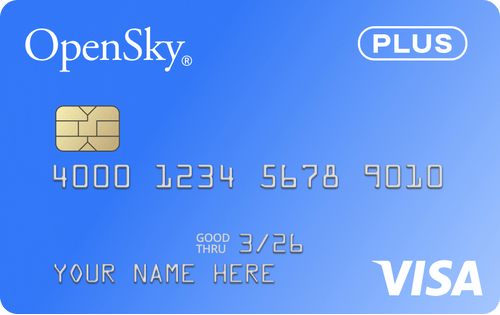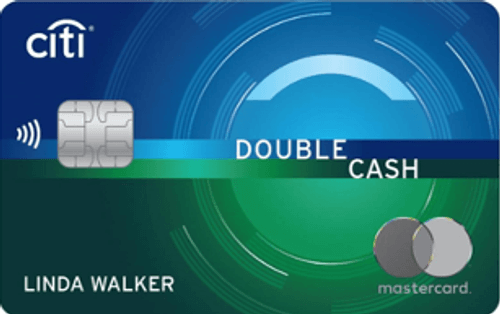- Our picks
- How we picked the best credit cards for teenagers
- Sources
- About the author
- User questions & answers
Our Picks for the Best Teenage Credit Cards
Teens who are in school should definitely consider student credit cards. Student cards tend to offer a few more perks than other credit cards for teenagers. To find the best credit cards for different types of teenagers, WalletHub’s editors compared 1,500+ offers, and you can learn more about their final selections below.
Best Credit Cards for Teenagers Comparison
| Credit Card | Best For | Annual Fee |
| Capital One SavorOne Student Cash Rewards Credit Card (see Rates & Fees) | Overall | $0 |
| Chase Freedom Rise℠ | No Credit | $0 |
| Capital One Platinum Credit Card (see Rates & Fees) | Credit Building | $0 |
| Discover it® Secured Credit Card | Secured Card | $0 |
| Capital One QuicksilverOne Cash Rewards Credit Card (see Rates & Fees) | Cash Rewards | $39 |
| Citi Double Cash® Card | Fair Credit | $0 |
Unfortunately, 0% intro APRs aren’t usually available to people with limited credit. And the cards that teens can get typically have pretty high regular interest rates. So it’s important for teens to pay their credit card bills both on time and in full every month. This will help you save money and allow your credit score to improve.
You can check out some tips in WalletHub’s on-time payments guide. And you can track your credit score’s progress for free on WalletHub, too. WalletHub is the only site with free credit scores that are updated on a daily basis.
Methodology for selecting the Best Credit Cards for Teenagers
To identify the best credit cards for teenagers, WalletHub’s editors routinely compare over 1,500 credit card offers, evaluating their rewards, fees, APRs, approval requirements, and other WalletHub Rating components. Next, we determine which credit cards are best suited for different types of teenagers, based on the most common use cases.
For example, we focus on expected rewards value after fees for teenage credit card users who will pay their bill in full every month. Similarly, we consider student credit cards as well as general-purpose credit cards to give teenagers options based on their education status.
The goal is to provide the best possible collection of credit cards for teenagers to choose from and to make the selection process simple.
How Two-Year Cost Is Calculated
Two-year cost is used to approximate the monetary value of cards for better comparison and is calculated by combining annual and monthly membership fees over two years, adding any one-time fees or other fees (like balance transfer fees), adding any interest costs, and subtracting rewards. Negative amounts indicate savings. When fees or other terms are presented as a range, we use the midpoint for scoring purposes.
Rewards bonuses and credits have been taken into account for two-year cost calculations. However, bonuses applicable to only a very small portion of cardholders are not considered. For example, credits and bonuses awarded for spending or redeeming rewards through a company portal with non-co-branded cards have not been taken into account. Similarly, bonuses and credits related to spending with specific merchants using a non-co-branded card have not been taken into account (for example, if Card A offers credits with DoorDash, this feature would not be factored into calculations because it is hard to assess how many cardholders would use the benefit or exactly how much value they'd get from it).
Cardholder Spending Profiles
Given that different users have different goals and are likely to use their credit cards differently, we identified spending profiles that are representative of different users’ financial priorities and behaviors. For each cardholder type, we have assumed a specific amount of monthly spending by purchase type (e.g., groceries, gas, etc.), as well as an average balance, balance transfer amount, amount spent on large purchases and average monthly payment. Spending assumptions are based on Bureau of Labor Statistics data.
Sources
WalletHub actively maintains a database of 1,500+ credit card offers, from which we select the best credit cards for teenagers for different applicants as well as derive market-wide takeaways and trends. The underlying data is compiled from credit card company websites or provided directly by the credit card issuers. We also leverage data from the Bureau of Labor Statistics to develop cardholder profiles, used to estimate cards’ potential savings.
